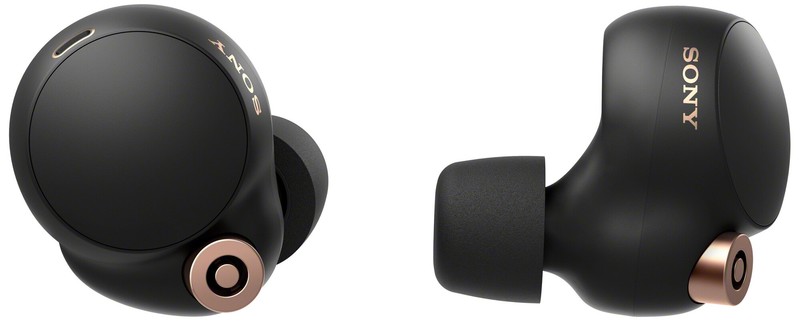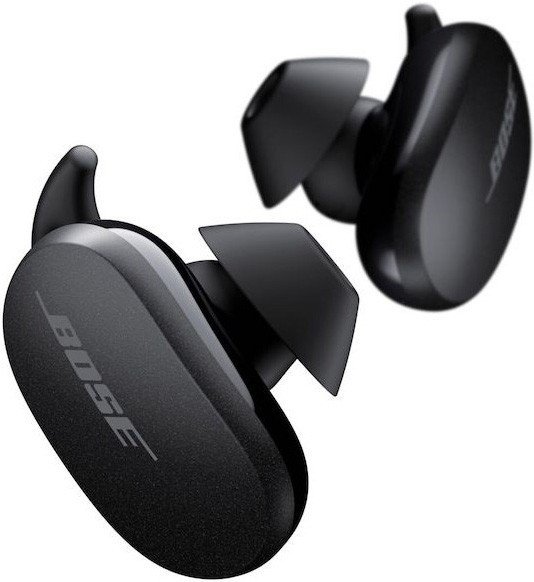Sony WF-1000XM4 vs. Bose QuietComfort Earbuds: Which is best for you?
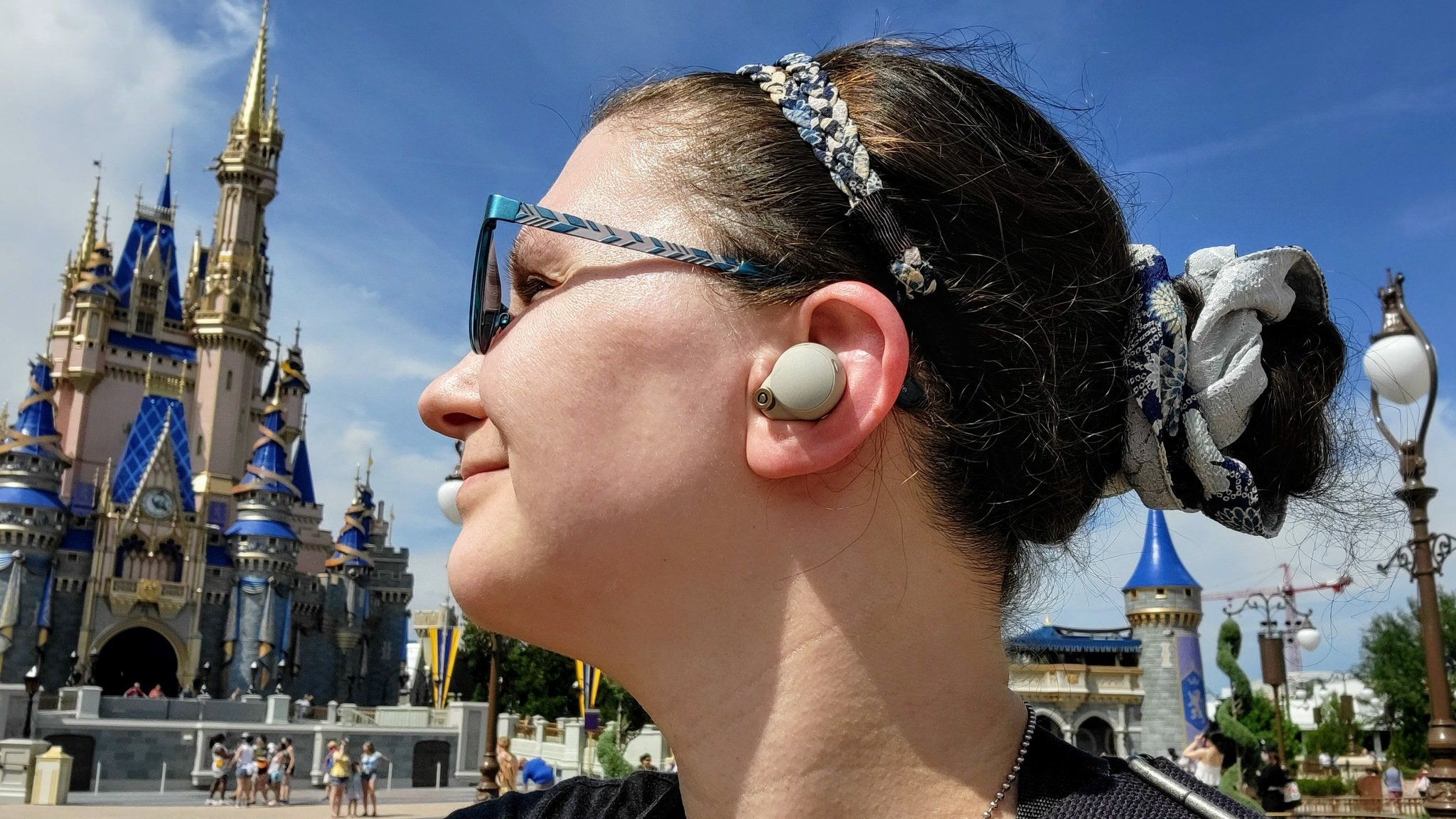
Sony WF-1000XM4
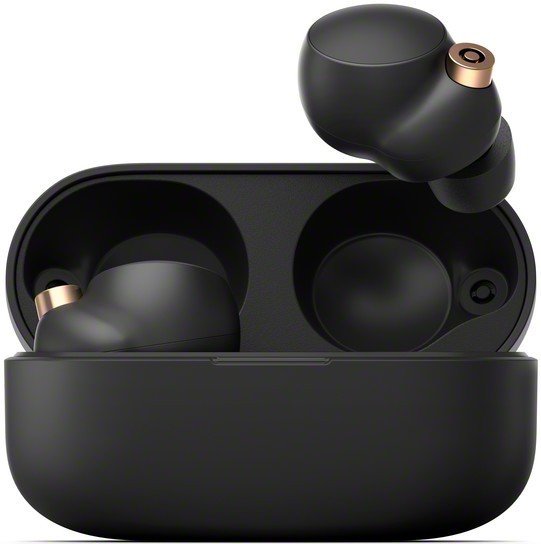
Sony took what was already working so well and made it even better with the WF-1000XM4, which offers the best active noise cancelation (ANC) performance for any pair of wireless earbuds and brings a great combination of features and performance.
Sony WF-1000XM4
Industry stalwart
Bose QuietComfort Earbuds
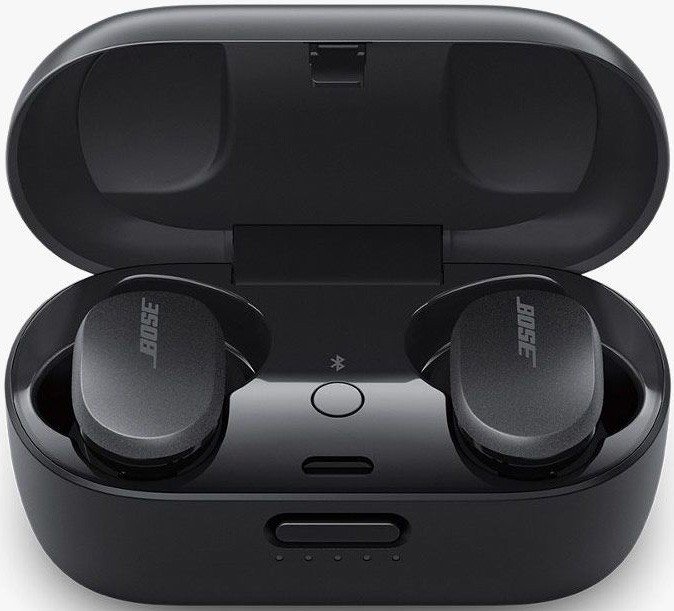
Bose really brought it with how the QuietComfort Earbuds deliver some of the best active noise canceling (ANC) performance you can find on any pair of earbuds, but to get there, they had to increase in size, and that makes them bigger than most others.
Bose QuietComfort Earbuds
Modern comforts
Whenever two elite performers compete against each other, it's easy to appreciate what they bring to the table. That's just how it is when Sony and Bose put their respective audio performances to the test. They are among the best wireless earbuds you can find, though there are some things that set the WF-1000XM4 apart from the QuietComfort Earbuds.
Sony WF-1000XM4 vs. Bose QuietComfort Earbuds: What sets them apart?
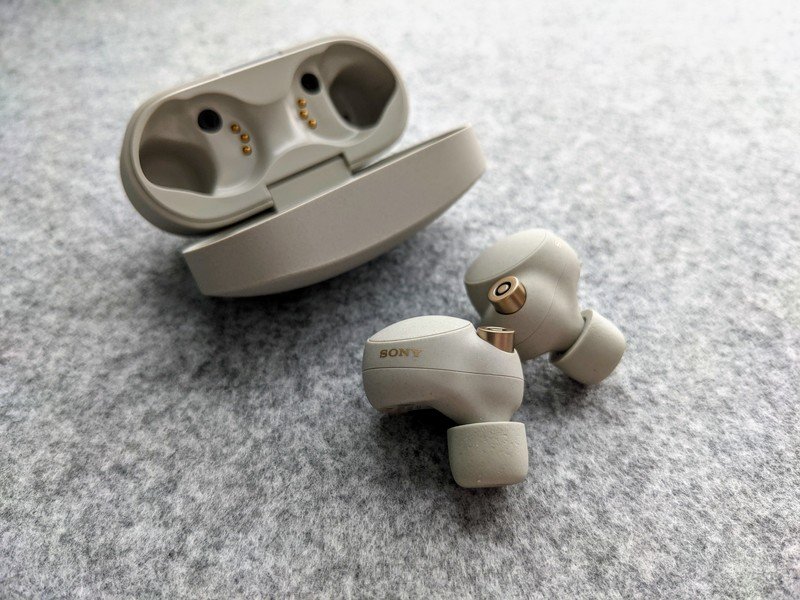
At first glance, it doesn't look like these two have significant differences. Many of the same metrics apply, and as much as audio quality figures into how they each perform, the supporting elements make them unique and start putting some distance between them. Sony already had an exceptional pair with the WF-1000XM3, which set the tone for their successors here. Bose has also improved with every iteration of its earbuds, though the QuietComfort Earbuds prioritized ANC.
Both brands packed in a lot into frames that were decidedly larger than most competitors. That makes fit and comfort a significant factor in which one of these stands out more. Not to mention the ancillary features don't show up in a spec sheet.
| Header Cell - Column 0 | Sony WF-1000XM4 | Bose QuietComfort Earbuds |
|---|---|---|
| Durability | IPX4 | IPX4 |
| Bud battery life | 8 hours | 6 hours |
| Case battery life | 24 hours | 18 hours |
| Wireless charging case | Yes | Yes |
| Connectivity | Bluetooth 5.1 | Bluetooth 5.1 |
| Digital assistant support | Google Assistant, Siri | Google Assistant, Siri |
| Supported audio codecs | SBC, AAC, LDAC | SBC, AAC |
| Speaker size | 6mm drivers | 6mm drivers |
| Active noise cancelation (ANC) | Yes | Yes |
| Ambient sound mode | Yes | Yes |
What is fairly clear is that battery life is similar, yet also relative. Each case offers an extra two charges, though you get to listen for a little longer with Sony's pair. The bigger difference here is with the respective cases. Sony trimmed enough girth from the previous model to make the WF-1000XM4's case far more pocket-friendly. However, it's small enough to compare with many others, so it is no longer a knock against Sony. That's not necessarily the case for Bose, which uses a noticeably larger one.
Both support wireless charging and offer fast charging as a quick way to get back up and running again with some tunes. The respective ratings are more similar than they might seem, though the WF-1000XM4 will win out pretty much every time, even if ANC is on all the time.
Be an expert in 5 minutes
Get the latest news from Android Central, your trusted companion in the world of Android
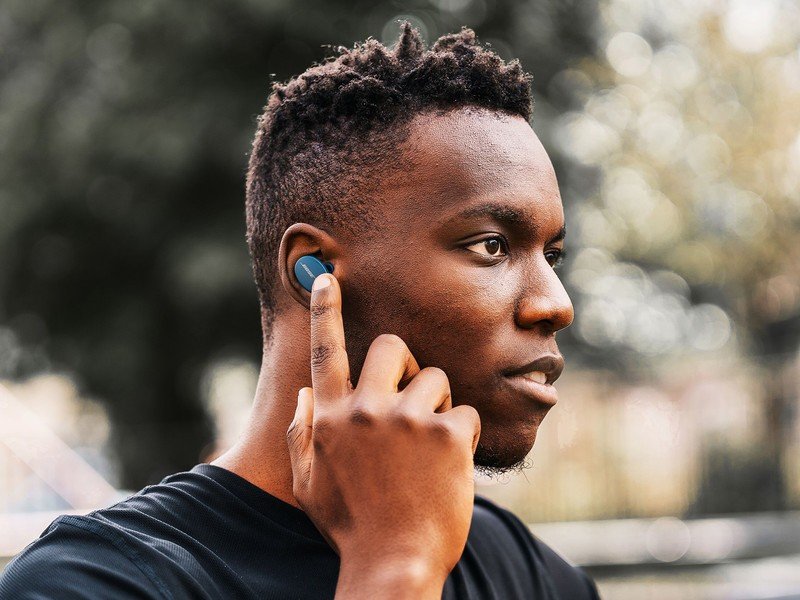
Each pair brings plenty to like when it comes to sonic output. There's crispness and clarity either way here, so it's not that anyone wins decisively from the outset. Bose went with a balanced soundstage that is modest when it comes to bass, and unfortunately, there's no way to customize that further. So if you want more of any particular part of the audio spectrum, you'll have to make do with what's there.
It's curious why the company still hasn't gotten around to adding an equalizer to its app, but that's not the case with Sony, which at least offers an EQ to customize things in its Headphones Connect app. There's enough flexibility there to at least try tailoring the sound the way you want it. But, of course, when it's this good, to begin with, it only gets better when you tweak it how you want. This really should become a requirement for any pair of wireless earbuds, especially when we're talking about something in this price range.
There's enough flexibility there to at least try tailoring the sound the way you want it.
Sony also has additional audio perks to enhance things further. For example, the 360 Audio support gives a spatial sound effect to content that offers surround sound. Plus, if you're looking for more of an audiophile experience, the WF-1000XM4 are also compatible with LDAC, Sony's own codec for lossless audio.
Sony also made a point of improving call quality, putting the WF-1000XM4 on par with the QuietComfort earbuds in that regard. However, neither pair is necessarily a standout for their onboard controls, so there isn't an inherent advantage one way or another.
Sony WF-1000XM4 vs. Bose QuietComfort Earbuds: Forgetting the noise
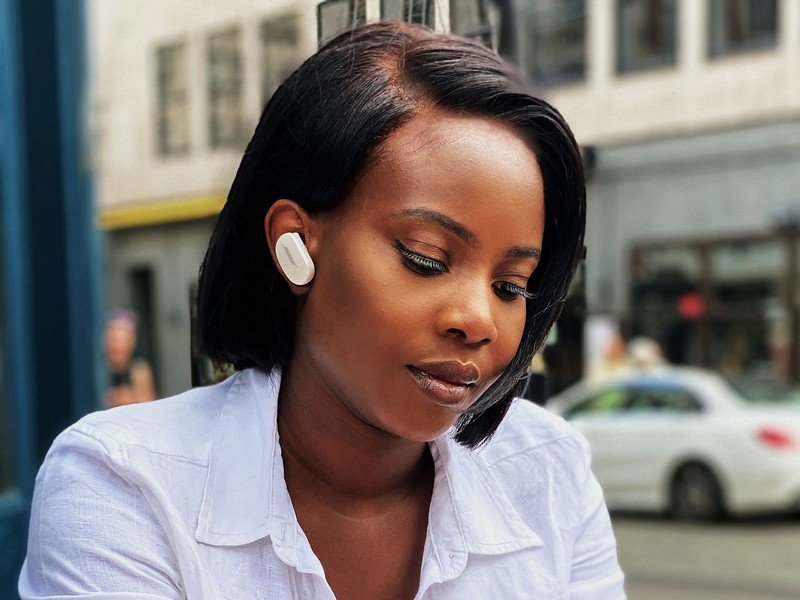
ANC performance is common in wireless earbuds now, but the results are hardly equal. At the top of the growing heap are these two brands, and if we're talking about which pairs are setting the example for others, these two would be setting the tone. Sony may get a slight edge here because the WF-1000XM4 are the newer kids on the block, but Bose took a more customized approach (in contrast to its lack of an EQ) by putting 11 levels of ANC in the QuietComfort Earbuds through its app. You can also save three of the settings as favorites and toggle through them anytime.
As good as the ANC is, the fit plays an equally important role. Passive isolation makes it easier for the onboard mics to block out background noise when there's a tighter seal, and Sony did a better job crafting that with the WF-1000XM4. Also, by reducing some of the previous bulk, they come out looking and feeling a little thinner than the QuietComfort earbuds do.
Sony WF-1000XM4 vs. Bose QuietComfort Earbuds: Which one should you go with?
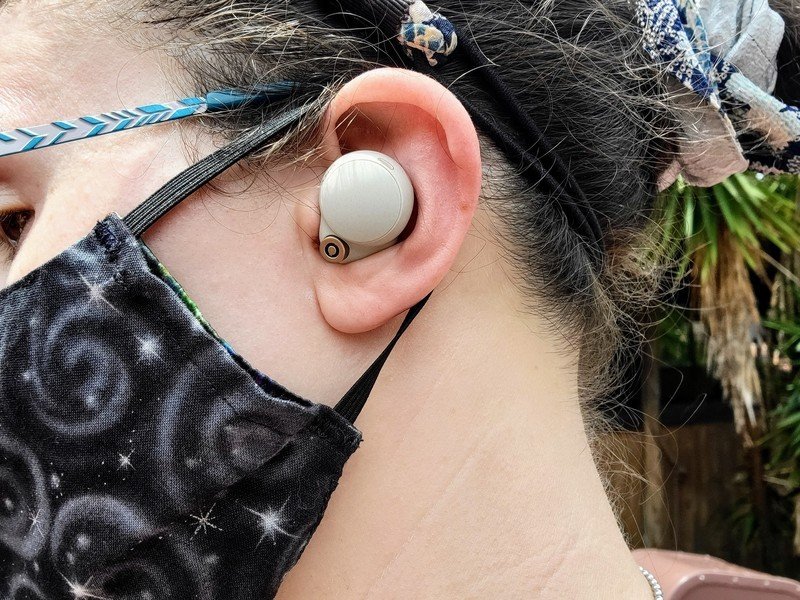
When the options are this good, it's hard to make a bad choice. While very evenly matched in several areas, these two pairs of earbuds look and feel different when you dive deeper into their respective designs and features. The choice ultimately comes down to what you prefer most. If Bose's focus on ANC customization is more to your liking than Sony's penchant for great audio you can tweak, then you can go that route. But Sony can combine top-class ANC and audio playback with a good fit, solid battery life, and additional features and controls.
Those reasons are why the WF-1000XM4 are among the best wireless earbuds available right now. App support is a bigger deal now, and assuming Bose will one day get that memo and recognize that customization matters for audio, too, then we'll have a really tight race between these two.

Ted Kritsonis loves taking photos when the opportunity arises, be it on a camera or smartphone. Beyond sports and world history, you can find him tinkering with gadgets or enjoying a cigar. Often times, that will be with a pair of headphones or earbuds playing tunes. When he's not testing something, he's working on the next episode of his podcast, Tednologic.
